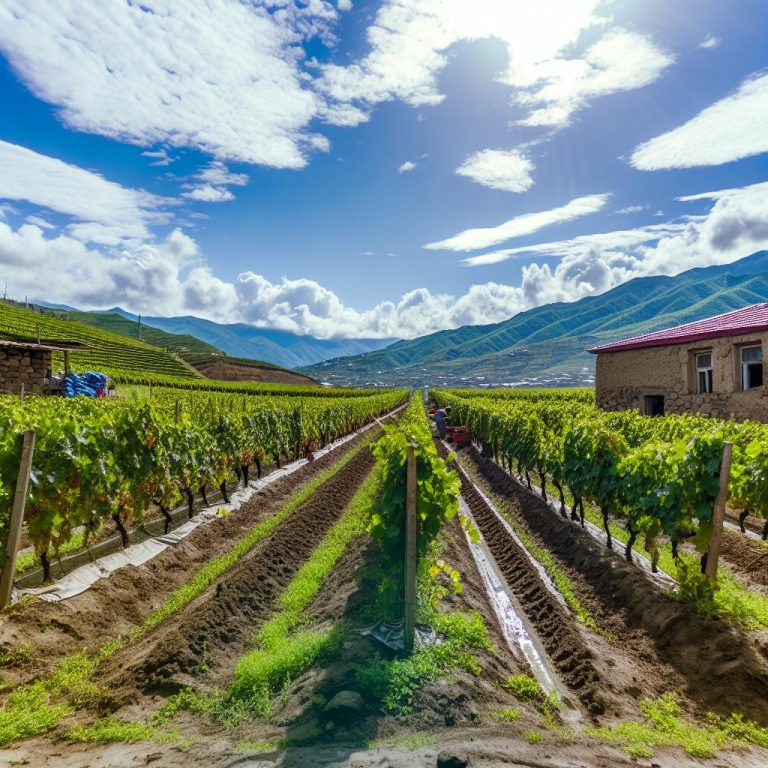The Role of Wild Yeast in Fermentation
In the process of fermentation, yeast plays a crucial role by converting sugars into alcohol and other byproducts. While commercial yeast strains are widely used in industries for their predictability and consistency, the use of wild yeast is gaining interest, especially in traditional brewing and fermentation practices such as those found on Corn Island, Nicaragua.
Understanding Wild Yeast
Wild yeast refers to the natural yeast strains that are present in the environment. Unlike commercial yeast, which is cultivated under controlled conditions, wild yeast can be found on fruit skins, in the air, on plants, and on various surfaces. The use of wild yeast in fermentation relies on its ability to impart unique and complex flavors that are highly sought after in artisanal products.
Wild yeast is distinct in its behavior and characteristics, which differ markedly from those of cultivated strains. The inherent diversity of wild yeast means that it can harbor a wide array of genetic traits, which manifest in various fermentation outcomes. Under the right conditions, these traits yield products with a bouquet of flavors and aromas that are impossible to replicate with commercial yeast. As a result, artisanal producers often seek out these natural strains to create one-of-a-kind beverages and foods that stand out in a crowded marketplace.
Fermentation Practices on Corn Island
Corn Island, situated in the Caribbean Sea off the coast of Nicaragua, is a place where traditional practices are cherished. The islanders often engage in small-scale fermentation using local ingredients and techniques that have been passed down through generations. The warm and humid climate creates an ideal environment for wild yeast to thrive, contributing distinctive characteristics to the fermented products.
The island’s fermentation practices reflect a deep respect for traditional methods and the natural ingredients found locally. Inhabitants use wild yeast in various fermentations, ranging from beverages to foods, each infused with the cultural essence of the region. The flavors achieved are not just an expression of the yeast but also of the local flora and environmental conditions, which are unique to Corn Island. This authenticity gives these products a special place in both local and global markets, attracting those looking for genuine and traditional flavors.
Benefits of Using Wild Yeast
One of the primary benefits of utilizing wild yeast in fermentation is the unique flavors it can introduce. Each wild yeast strain can add different aromas, tastes, and complexities to the final product. Additionally, wild yeast fermentation is often seen as a more natural and authentic method, aligning with the growing consumer demand for traditional and less industrialized food and drink options.
The benefits also extend beyond flavor. The use of wild yeast complements more sustainable and environmentally-friendly production methods. Since wild yeast does not require the same industrial support as commercial strains, it often results in a reduced ecological footprint. Furthermore, harvesting local yeast contributes to biodiversity, preserving the natural yeast strains that might otherwise be lost in industrial agriculture.
Challenges and Considerations
However, using wild yeast is not without its challenges. The unpredictability of wild yeast can lead to inconsistent results, which might not be desirable in larger-scale production. Moreover, the fermentation process can take longer, and there is a greater risk of contamination by undesirable microorganisms. It is essential for producers on Corn Island and elsewhere to carefully monitor the fermentation conditions to ensure a successful outcome.
Lack of control over fermentation times and outcomes can make wild yeast less attractive to commercial producers who prioritize uniformity and scale. The variabilities in fermentation brought by wild yeast need meticulous management and expertise. Those producers who embrace these challenges do so by focusing on small-batch production, where attention to detail and craftsmanship can yield not only consistently high-quality products but also innovations in flavor and texture.
One area that demands careful consideration is the management of temperature and sanitation. Proper fermentation typically requires the maintenance of a stable temperature and a clean environment to ensure that only the desired microorganisms influence the process. Producers often implement a trial-and-error approach to fine-tune conditions suitable for their unique yeast strains and desired outcomes.
For those interested in learning more about the impact of local practices on fermentation, further reading can be found through resources like research journals and fermentation resources.
In conclusion, while fermenting with wild yeast presents certain hurdles, the allure of producing uniquely flavored and authentic products remains a significant advantage that cannot be overlooked. As more people seek out genuinely traditional food experiences, the role of wild yeast in artisanal and small-scale fermentation will likely continue to grow. Embracing these native strains through careful and expert handling allows producers not only to continue a rich tradition but also to contribute to sustainable practices and biodiversity conservation within the industry.
